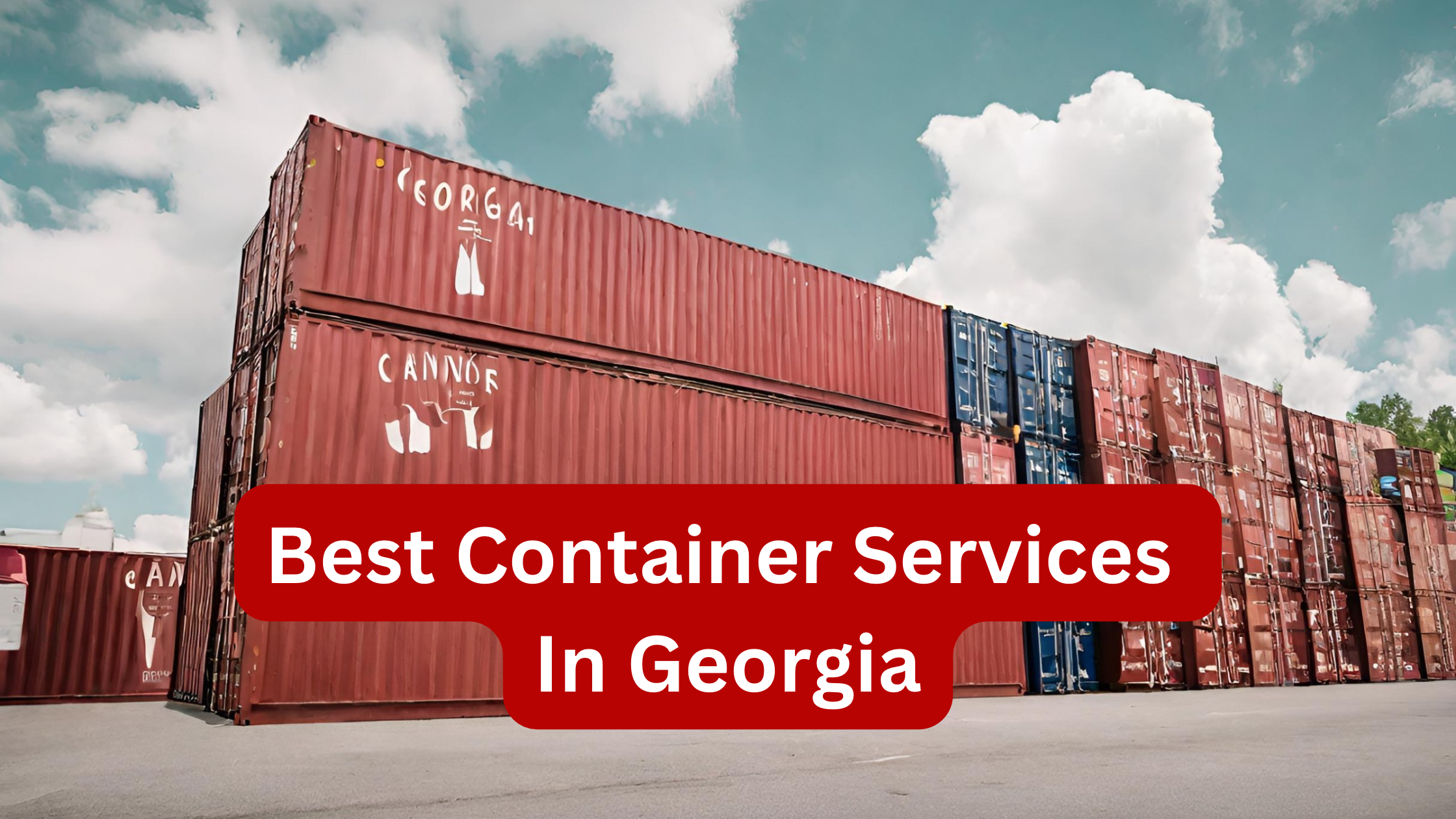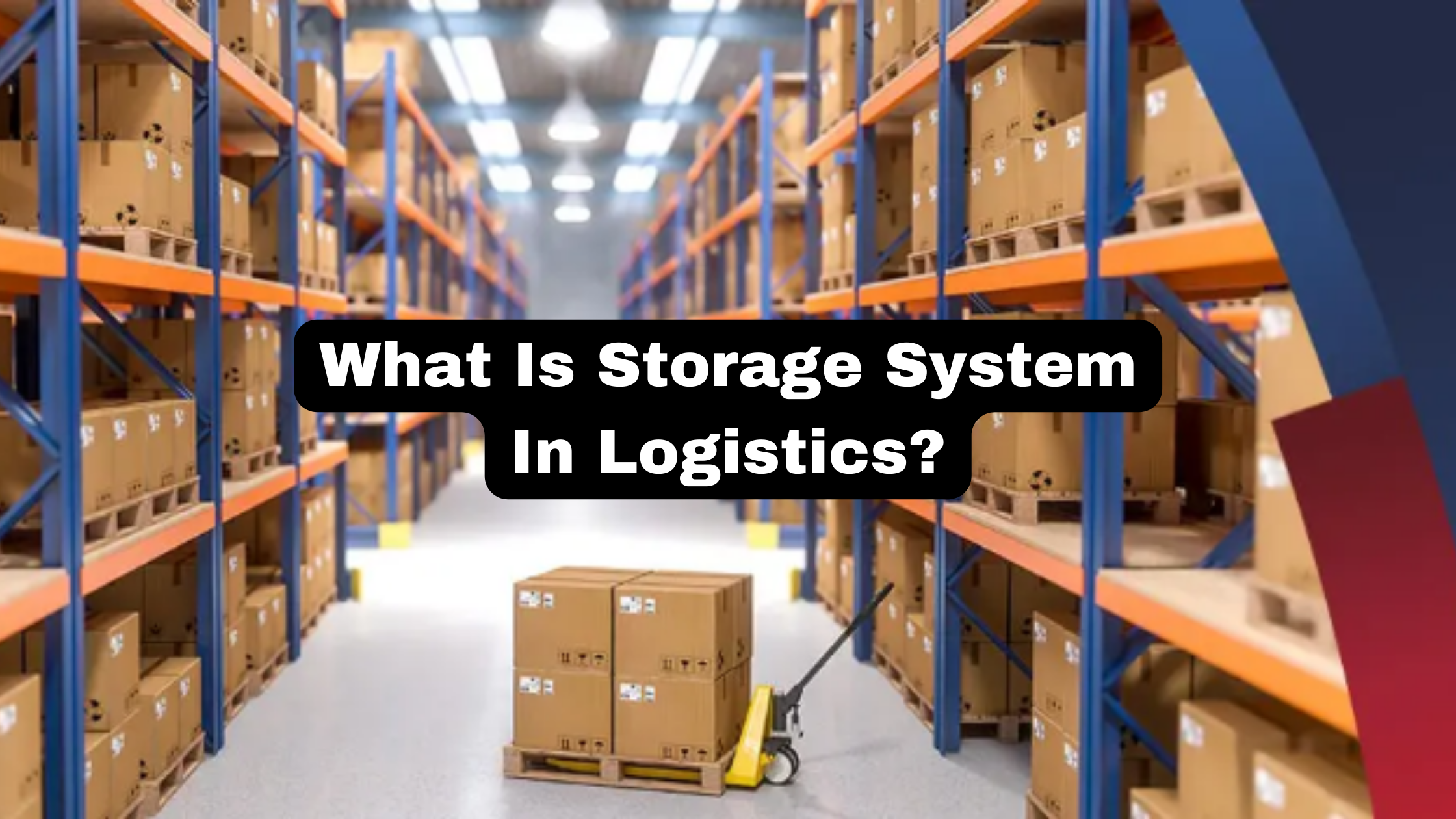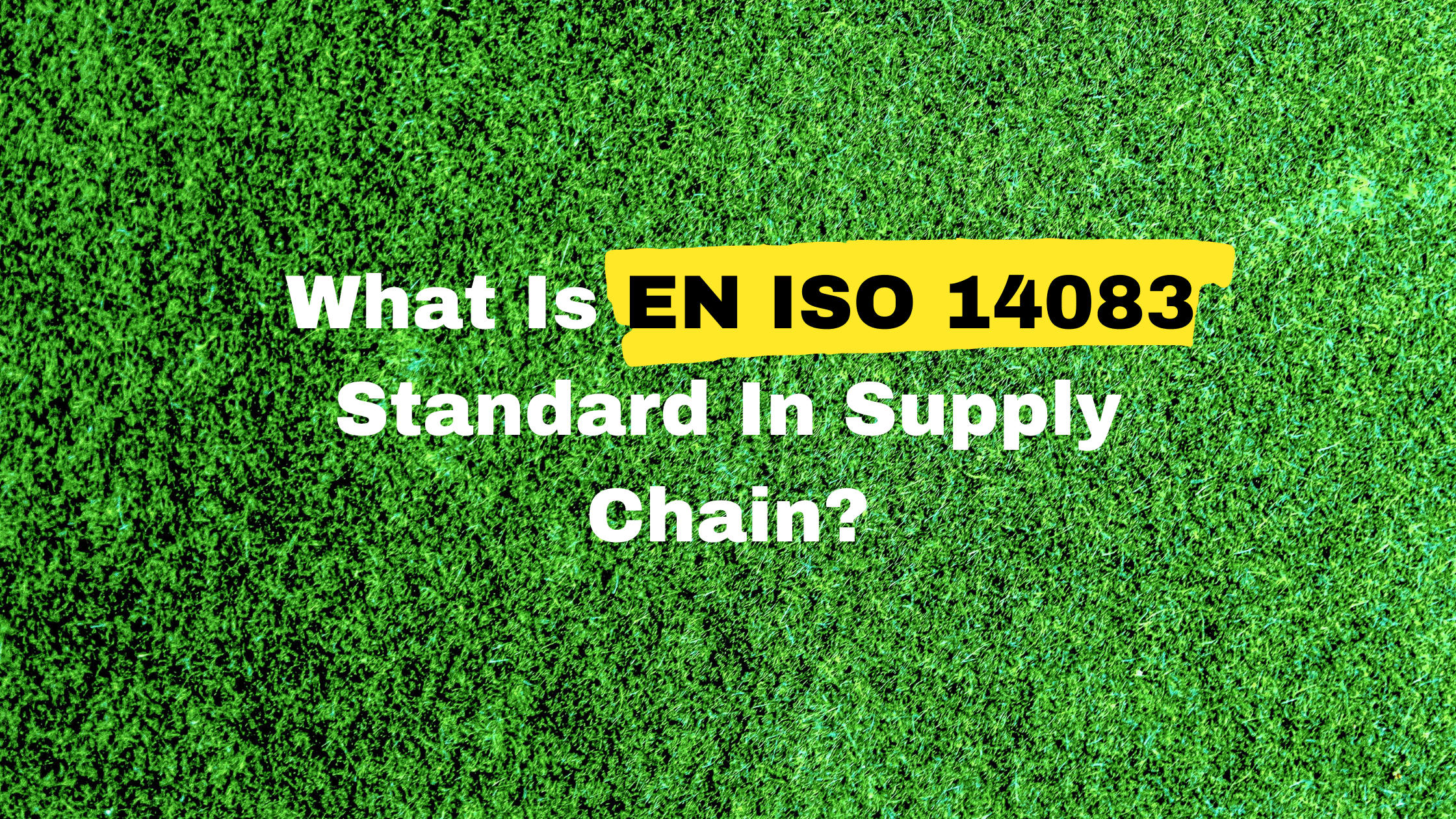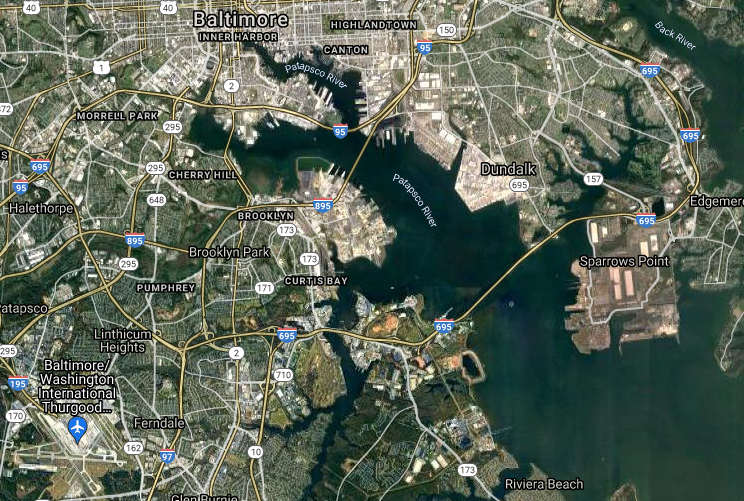Transporting hazardous materials (hazmat) necessitates extreme accuracy and adherence to safeguard the safety of people, the environment, and the general public.
Tracking is an important part of hazmat transport since it includes monitoring the movement and status of hazardous goods from their place of origin to their eventual destination.
In this article, we will look at the most important parts of hazmat transport tracking, including the necessity of tracking, the obstacles involved, and the best practices to maintain safety and regulatory compliance.
The Importance of Hazmat Transport Tracking
It is critical to track hazardous items during transit for numerous reasons:
- Real-Time Visibility: Tracking gives real-time visibility into the location and progress of hazardous materials shipments. This data is critical for logistical planning, emergency response, and on-time delivery.
- Emergency Preparedness Plan: Tracking lets rescuers swiftly find hazardous chemicals, assess the situation, and take necessary steps to limit risks in the event of an accident, leak, or spill.
- Regulatory Compliance: To maintain adherence to safety norms and laws, regulatory agencies such as the Department of Transportation (DOT), International Air Transport Association (IATA), and International Maritime Dangerous Goods (IMDG) Code demand reliable tracking of hazardous shipments.
- Risk Reduction: By tracking hazmat shipments, transportation companies may notice potential delays, detours, or unauthorized halts, hence reducing the hazards connected with hazardous commodities.
Challenges in Hazmat Transport Tracking
Hazmat transport tracking is fraught with difficulties:
- Various Regulations: The tracking needs of various regulatory agencies differ. Compliance with these rules can be difficult, especially for overseas exports.
- Limitations of Technology: Hazmat tracking sometimes includes distant or hazardous areas with inadequate technology infrastructure. This can have an impact on the accuracy and dependability of tracking systems.
- Data Accuracy: Tracking data errors can cause confusion, delays, and regulatory noncompliance. It is critical to ensure correct data entry and communication.
- Security Concerns: Because of their valuable or dangerous nature, hazmat shipments are vulnerable to theft and manipulation. It is critical to ensure the security of tracking systems and data.
Best Practices for Hazmat Transport Tracking
Utilize Advanced Tracking Technology
Invest in tracking systems that make use of GPS, RFID (Radio Frequency Identification), and IoT (Internet of Things) technology. These solutions give real-time location tracking, temperature monitoring, and other important hazardous shipping information.
Integrate Regulatory Guidelines
Implement tracking systems that incorporate necessary regulatory standards. This guarantees that monitoring data meets regulatory criteria and makes compliance reporting easier.
Standardize Data Entry
Maintain standardized tracking data entry methods. This decreases the likelihood of mistakes and inconsistencies, which can result in delays and compliance difficulties.
Regular Training
Train hazardous transport staff on the proper use of tracking systems. Make sure they understand the significance of precise data input and the consequences of tracking mistakes.
Emergency Response Plans
Create detailed emergency response plans that include tracking information. Responders should be able to promptly obtain tracking information in the event of an accident or incident in order to assess the situation and respond properly.
Cybersecurity Measures
Implement strong cybersecurity safeguards to protect tracking systems and data from unauthorized access and cyber-attacks.
Global Tracking
Choose tracking solutions with worldwide coverage and interoperability with various regulatory frameworks for overseas shipments.
Regular Audits
Audit tracking systems and data on a regular basis to uncover any inconsistencies or anomalies. Address them as soon as possible to guarantee proper monitoring and compliance.
Collaboration with Carriers
Collaborate closely with carriers and logistics partners to provide seamless tracking at all stages of transit.
Conclusion
Hazmat transport tracking is an important part of assuring the safe and compliant transfer of hazardous products. Organizations may improve their monitoring capabilities and reduce risks by installing sophisticated tracking technology, integrating regulatory rules, standardizing data entry, and establishing rigorous cybersecurity safeguards.
Effective tracking not only helps with regulatory compliance, but also helps with emergency response readiness, security, and the general safety of hazardous transport operations. As the hazardous transportation scenario evolves, investment in effective tracking systems and practices will be critical for safeguarding lives, the environment, and the integrity of hazmat shipments.







